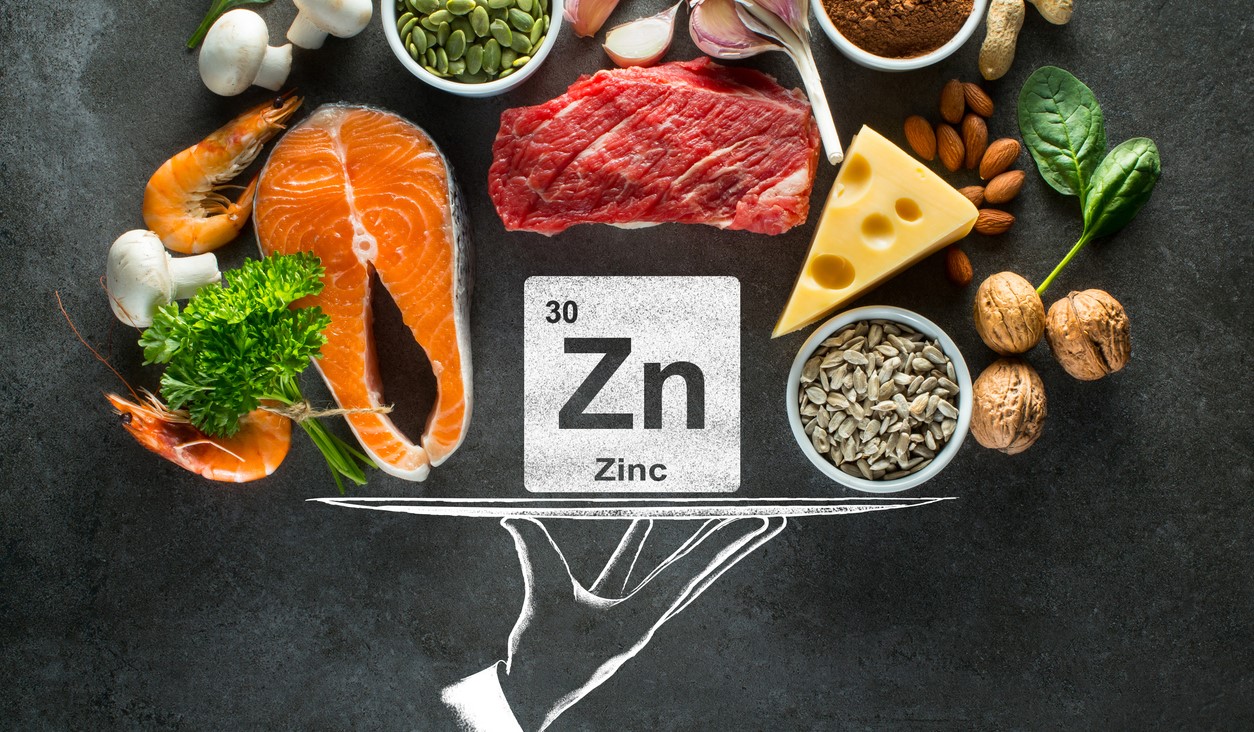2025-09-10
Fibers & Diabetes: is everything equal?
Endocrinology and Metabolism
By Ana Espino | Published on september 10, 2025 | 2 min read
#Type2Diabetes #DietaryFiber #Metabolism
Type 2 diabetes and prediabetes represent major public health challenges, linked to disorders of glucose metabolism and insulin regulation. Despite the availability of many pharmacological treatments, their effectiveness remains only partial, especially in the long term. Moreover, these approaches are often associated with side effects, high costs, and limited adoption by certain patients. Medications alone struggle to correct the deeper metabolic causes, such as insulin resistance or chronic inflammation. In addition, recommended non-drug interventions show low adherence over time.
In this context, functional nutrition is emerging as a promising therapeutic lever. Dietary fibers are widely recognized for their beneficial effects on blood glucose, but data remain unclear regarding the relative effectiveness of isolated fibers, fiber blends, or fiber-rich foods. In the absence of a clear comparative synthesis, healthcare professionals lack guidance to recommend specific fiber sources in diabetes management. This study was therefore designed to evaluate and compare the metabolic effects of these three categories of fibers on glycemic control markers in adults with type 2 diabetes or prediabetes.
A total of 159 randomized controlled trials involving 10,592 participants were selected and analyzed. The studies investigated the effects of isolated fibers (n = 120), fiber blends (n = 13), and foods naturally rich in fiber (n = 26), administered for a minimum of 2 weeks. The primary markers assessed were: fasting glucose, HbA1c, fasting insulin, insulin resistance (HOMA-IR), and postprandial glucose.
Isolated fibers showed a modest but significant effect on fasting glucose and HbA1c. These reductions were more pronounced when the intervention lasted longer than 12 weeks. Fiber blends did not show effects superior to single fibers. Fiber-rich foods showed comparably beneficial effects, particularly on insulin resistance and postprandial glucose.
Although no category emerged as clearly superior, the results suggest that the source and combination of fibers may influence metabolic mechanisms differently, depending on context and patient profile.
Type 2 diabetes and prediabetes are associated with chronic alterations in glucose metabolism, requiring sustainable and well-tolerated therapeutic strategies. Yet, current pharmacological treatments have limitations in terms of adherence, side effects, and long-term metabolic control. In light of this, nutritional interventions—and dietary fibers in particular—appear as complementary levers with high potential.
This study aimed to assess the impact of isolated fibers, fiber blends, and naturally fiber-rich foods on key markers of glycemic control. The results confirm the beneficial effects of all these interventions. Isolated fibers and fiber-rich foods in particular showed comparable effects on fasting glucose, HbA1c, and insulin resistance, suggesting that the choice of source could be tailored to the patient’s metabolic profile and preferences.
However, this meta-analysis has several limitations and calls for further research. Future studies should focus on personalizing recommendations according to fiber types, patient clinical profiles, and treatment adherence. Larger, better-standardized multicenter controlled trials will be necessary to identify the most effective combinations and to fully integrate dietary fibers as an essential component of the therapeutic strategy for type 2 diabetes.
About the author – Ana Espino
As a scientific writer, Ana is passionate about bridging the gap between research and real-world impact. With expertise in immunology, virology, oncology, and clinical studies, she makes complex science clear and accessible. Her mission: to accelerate knowledge sharing and empower evidence-based decisions through impactful communication.
#Type2Diabetes #DietaryFiber #Metabolism
Type 2 diabetes and prediabetes represent major public health challenges, linked to disorders of glucose metabolism and insulin regulation. Despite the availability of many pharmacological treatments, their effectiveness remains only partial, especially in the long term. Moreover, these approaches are often associated with side effects, high costs, and limited adoption by certain patients. Medications alone struggle to correct the deeper metabolic causes, such as insulin resistance or chronic inflammation. In addition, recommended non-drug interventions show low adherence over time.
In this context, functional nutrition is emerging as a promising therapeutic lever. Dietary fibers are widely recognized for their beneficial effects on blood glucose, but data remain unclear regarding the relative effectiveness of isolated fibers, fiber blends, or fiber-rich foods. In the absence of a clear comparative synthesis, healthcare professionals lack guidance to recommend specific fiber sources in diabetes management. This study was therefore designed to evaluate and compare the metabolic effects of these three categories of fibers on glycemic control markers in adults with type 2 diabetes or prediabetes.
Isolated fibers or whole foods: which better regulates blood glucose?
A total of 159 randomized controlled trials involving 10,592 participants were selected and analyzed. The studies investigated the effects of isolated fibers (n = 120), fiber blends (n = 13), and foods naturally rich in fiber (n = 26), administered for a minimum of 2 weeks. The primary markers assessed were: fasting glucose, HbA1c, fasting insulin, insulin resistance (HOMA-IR), and postprandial glucose.
Isolated fibers showed a modest but significant effect on fasting glucose and HbA1c. These reductions were more pronounced when the intervention lasted longer than 12 weeks. Fiber blends did not show effects superior to single fibers. Fiber-rich foods showed comparably beneficial effects, particularly on insulin resistance and postprandial glucose.
Although no category emerged as clearly superior, the results suggest that the source and combination of fibers may influence metabolic mechanisms differently, depending on context and patient profile.
Read next: Fibers and kidneys: the hidden solution?
Dietary fibers: toward a more targeted approach?
Type 2 diabetes and prediabetes are associated with chronic alterations in glucose metabolism, requiring sustainable and well-tolerated therapeutic strategies. Yet, current pharmacological treatments have limitations in terms of adherence, side effects, and long-term metabolic control. In light of this, nutritional interventions—and dietary fibers in particular—appear as complementary levers with high potential.
This study aimed to assess the impact of isolated fibers, fiber blends, and naturally fiber-rich foods on key markers of glycemic control. The results confirm the beneficial effects of all these interventions. Isolated fibers and fiber-rich foods in particular showed comparable effects on fasting glucose, HbA1c, and insulin resistance, suggesting that the choice of source could be tailored to the patient’s metabolic profile and preferences.
However, this meta-analysis has several limitations and calls for further research. Future studies should focus on personalizing recommendations according to fiber types, patient clinical profiles, and treatment adherence. Larger, better-standardized multicenter controlled trials will be necessary to identify the most effective combinations and to fully integrate dietary fibers as an essential component of the therapeutic strategy for type 2 diabetes.
Read next: Metabolism in danger: could your plate make the difference?
About the author – Ana Espino
PhD in Immunology, specialized in Virology

Last press reviews
Emerging influenza threat: the rapid rise of A(H3N2) subclade k in Europe

By Carolina Lima | Published on Décember 30, 2025 | 3 min read
Combined exercise: a winning strategy for post–breast cancer cardiorespiratory fitness

By Lila Rouland | Published on December 29, 2025 | 3 min read<br>
Zinc: a natural weapon against viruses?

By Ana Espino | Published on December 26, 2025 | 3 min read<br>...